|
Experiential learning resources for the innovative educator
I pride myself in creating classroom community in my experiential learning high school that is strong, positive, and trusting. I don't claim to be fantastic at everything related to experiential learning, but I place priority on creating community in the classroom from day 1 of the learning year because it plays such an important roll in the experience as a whole. My students are close like family. They respect each other, take each other under their wings, support one another, impact the community together through impactful and learning experiences, and more. And how do I do that? How do I go about creating classroom community that is strong, collaborative, and trusting? I prioritize creating community in the classroom from the beginning and continue to maintain it throughout the course of the year with specific learning and community-building experiences. I'm going to take this blog post to share some of those classroom community-building activities with you! Creating Classroom Community in Your Experiential Learning High SchoolClass Goals: Create goals as a class. Examples:
Norms/Expectations: One of my go-to strategies for creating classroom culture is to co-develop advisory rules and/or expectations together. It may seem counterproductive to have students weigh in when it comes to class rules. Their rule would be “the rule is there are no rules!”, right? Surprisingly, this is not how students respond when you tell them they will participate in creating and implementing their own group expectations. These expectations will in part reflect their class goals. For example, if one of the goals is to cultivate a safe and productive learning environment, one rule might be to respect everyone’s space and physical boundaries at all times. Group Challenge: A favorite go-to activity for creating classroom community at the beginning of the year (and periodically throughout when we need a little pick-me-up) is to take them out of the building to do something together, preferably something challenging. I usually take my students to climb a fire tower, hike to a breathtaking view or lookout, or hit up a city skyscraper, taking the stairs to the top. Each of these activities are both physically and mentally challenging, especially if those participating have a fear of heights. Therefore, it is a great accomplishment for students to achieve together. Theme Class PBL: Ask students during the first week of school to complete mini-projects (independently or in pairs) under a specific theme, and have them present to the other classes at the end of the week. This strategy for creating classroom community allows students to bond with their classmates, showcase work that they are proud of, better get to know students and staff members from other classes, and more. Theme ideas: creating short documentaries, upcycling projects, family traditions, cooking, creating games, showcasing hobbies, trying something new or building a new skill. The options are endless. This type of classroom community building activity gets students on the same page, working toward the same goal. They feel united by a common objective. Class Branding: Developing a class brand is an awesome method of creating community in the classroom. It's also a great team-builder. I usually have my students come up with a class name at the beginning of the school year. A name is fun, but useless in the long-run if it is never used. Try the following add-ons:
Service Learning: There is no better way of creating classroom community that is strong, positive, giving, and empathetic than service-learning. There are a variety of ways you could do this. I have found these experiences to be most successful when I give the students voice, when they are passionate about the issue or purpose, and when the experience involves the entire group. The experiential approach would be students heading out into the neighborhood to learn about community needs. Then they choose a need that is important or meaningful to them, make a plan to meet that need, and take action. This particular classroom community-builder casts a net over the bigger community rather than just the school or classroom itself. Using the place and the community as an authentic resource is a great element of experiential learning. Plan and Host School Events: Hosting school events and activities bring students together. It is something that they can take pride in executing as a team. My students have planned some of the following school-wide activities.
Student-Led Class Fundraisers: Every year my students choose to plan several fundraisers with the intention of raising money to add to the class budget. The money we raise almost always goes towards field trips or fun learning materials. They could also donate the money to a charity. The process of planning and executing an event is such a great way of creating a classroom community that is positive and fun. Large Group Project: Unlike the theme project that is done independently or in small groups, this classroom community project is done as an entire class. It takes some coordination on your part but is worth the time and energy. Each student of the classroom community plays a role in the bigger picture. My students have done all of the examples below. There are so many more options! Talk with your group.
Sparks and Community Experts: Invite community members into your class periodically to speak. It can be on anything. It could be related to a current event you’re discussing in class. It could be related to one of the life skills seminars you are giving. It might just be an interesting speaker that you think your students might like. It could be ANYONE. Examples:
The experiential school where I have been my entire teaching career highly values and encourages relationship building. Creating classroom community where students feel safe, are inspired to learn, excited to be there, support and encourage one another, and so on, is essential. If you are sensing apathy, discouragement, behavioral issues, conflicts between students, etc., start to remedy those situations by creating community in the classroom. Hopefully there is something here in this post that you can start with! Good luck! I love the quote below, for one, because Amy Poehler said it. I also like to use it as the goal for my advisory: to create a space for my students where they are "challenged and inspired". More Resources for Culture-Building Helpful Digital Courses: Join our experiential learning Facebook group!
Did you know there is an experiential learning Facebook group? Check that out - Experiential Learning Community for K12 Teachers - and join in the discussion about experiential learning ideas! Find us on social media! Follow Experiential Learning Depot on Pinterest, Facebook, Youtube, and Instagram for more on experiential education, and check out my shop for experiential learning resources. Observe. Question. Explore. Share.
0 Comments
Your comment will be posted after it is approved.
Leave a Reply. |
Blog IntentTo provide innovative educational resources for educators, parents, and students, that go beyond lecture and worksheets. AuthorSara Segar, experiential life-science educator and advisor, curriculum writer, and mother of two. Categories
All
|
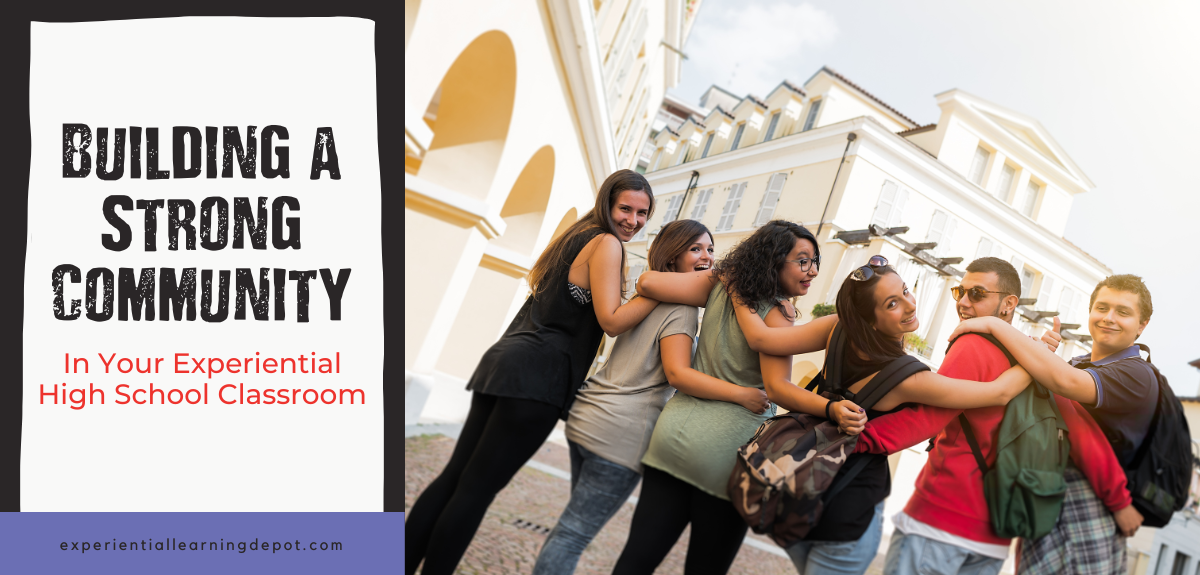

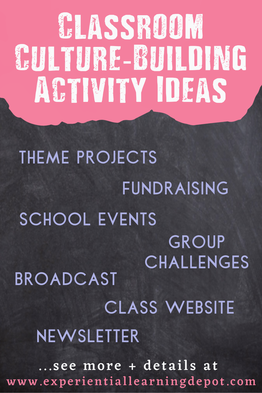

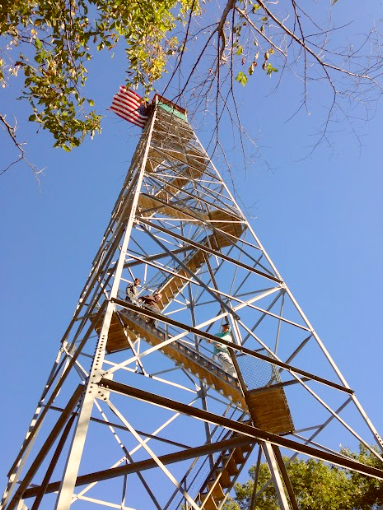
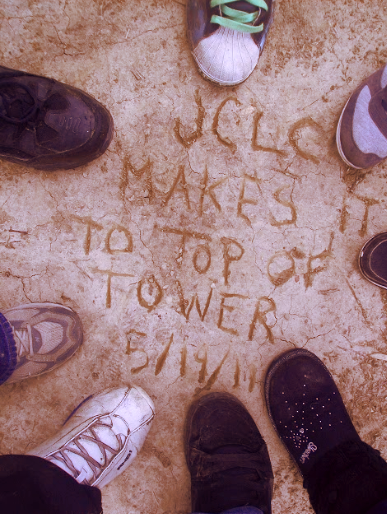
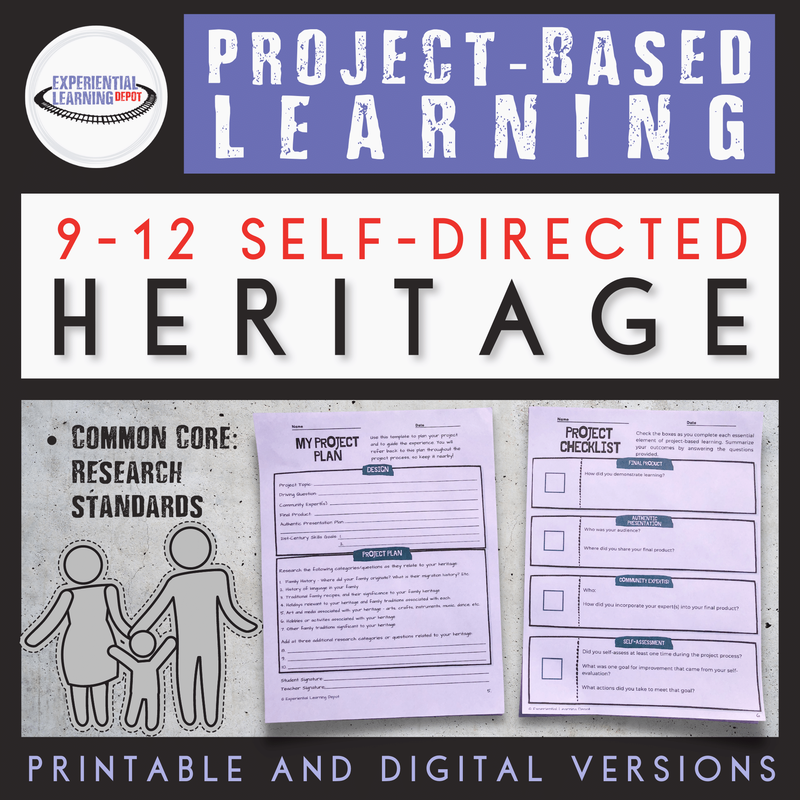
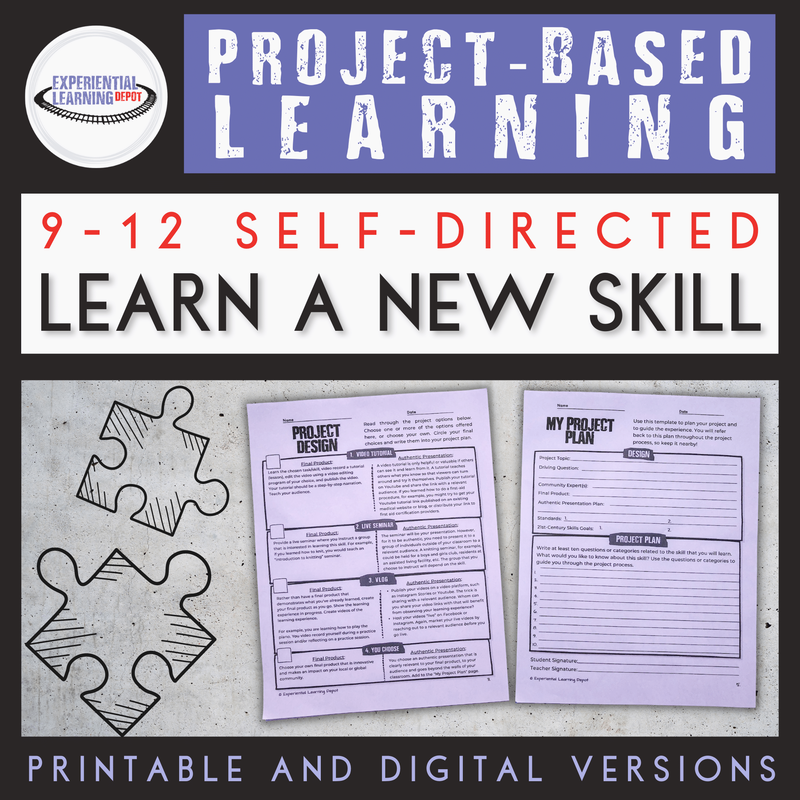
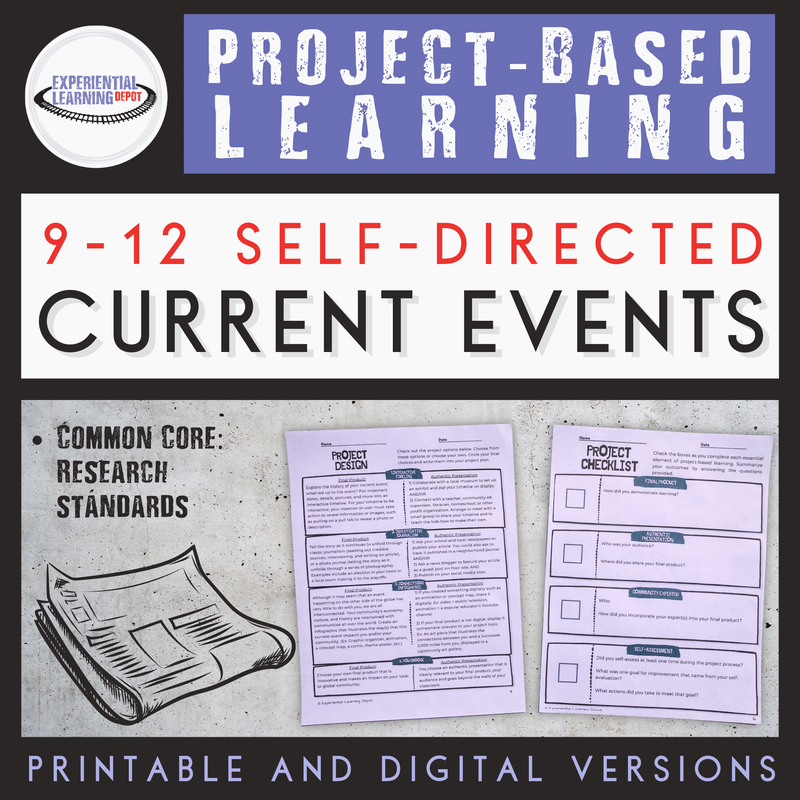


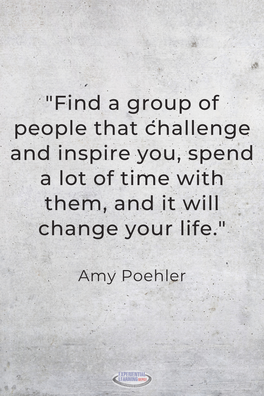
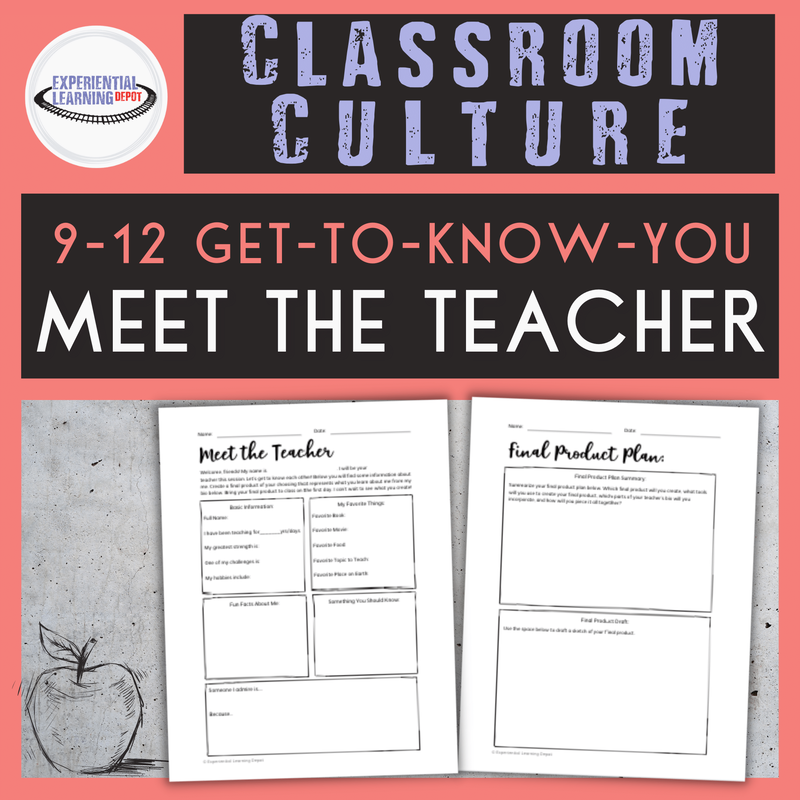
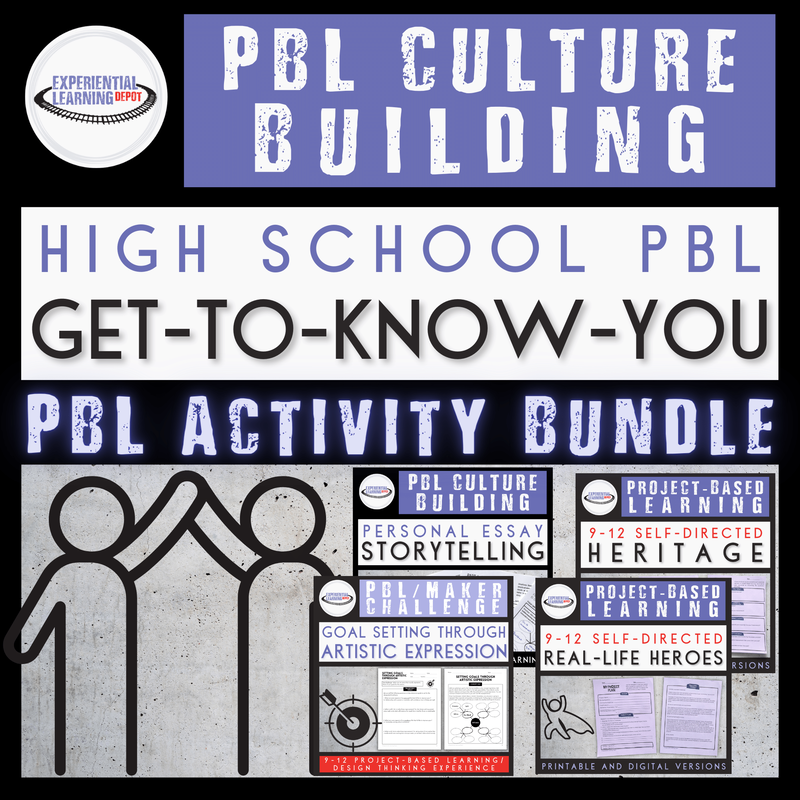
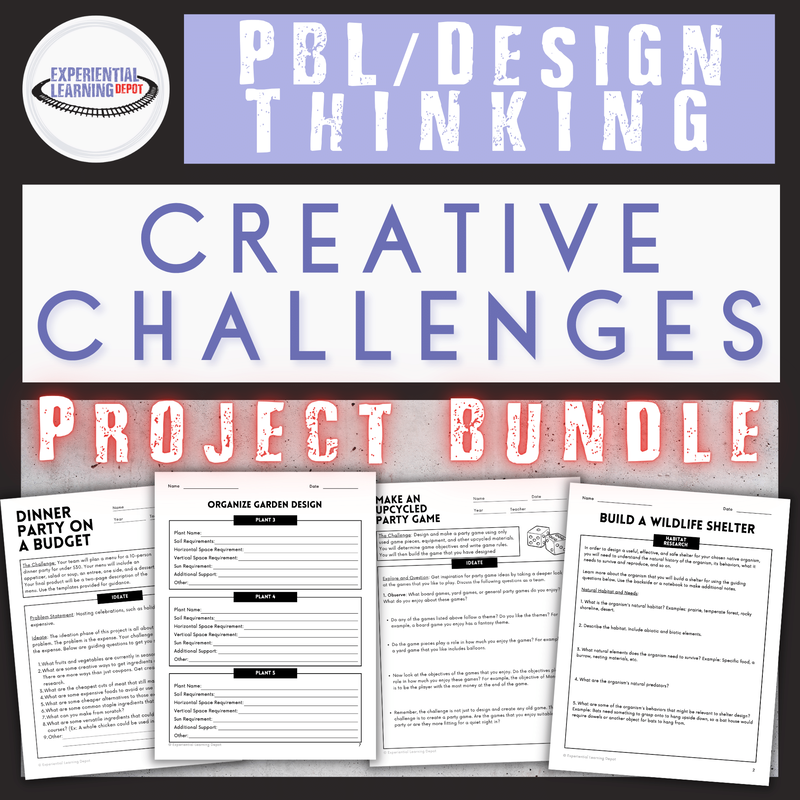





 RSS Feed
RSS Feed